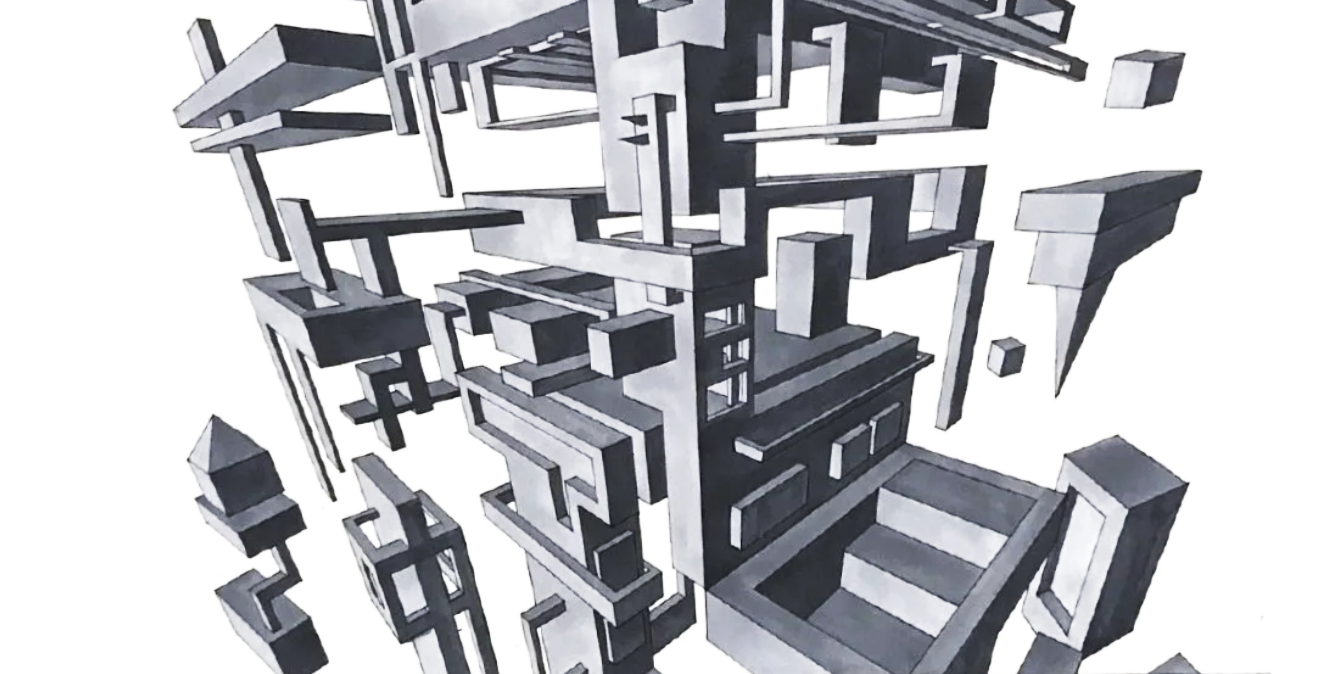Introduction — Learning Through Making
Teaching and studio practice are deeply connected in my work. I see the classroom as an extension of the studio — a place for experimentation, observation, and discovery. My approach to teaching begins with process rather than product. Students are encouraged to test materials, ideas, and formats, learning through the rhythm of iteration, failure, and reflection.
Each course I design is a framework for inquiry — a chance to explore how drawing, design, and perception help us understand and reinterpret the world around us.
Studio as Laboratory
My teaching mirrors my own working methods: layering, editing, and building form through experimentation. Assignments often begin with open prompts that invite students to observe the world, abstract it, and ultimately reconstruct it in new visual languages.
I emphasize the role of intuition and process — giving students permission to make mistakes, discover relationships between form and idea, and uncover meaning through doing. The studio becomes a lab where students develop both technical skill and conceptual fluency.
Research Interests
My research focuses on the intersections between drawing, design, and contemporary image-making. I’m interested in how visual processes — such as repetition, disruption, and reconstruction — shape both creative thinking and learning outcomes.
Current investigations explore how analog and digital tools can work together in the classroom to expand traditional definitions of drawing and design, and how these hybrid processes foster a culture of visual problem-solving and collaboration.
STUDENT PROJECTS
I’ve developed a number of projects that merge culture, material exploration, and personal expression:
Shawl We? — students reinterpret traditional Arab patterns into contemporary textile designs.
UNseen Selfie — students examine identity and perception through layered, non-literal portraiture.
Cultural Threads — a project exploring abstraction, repetition, and pattern through the lens of local heritage.
These projects are designed to bridge individual creativity and shared cultural context — helping students see design as both personal and collective practice.
Teaching Philosophy
I believe that great teaching creates conditions for discovery. My role is to set those conditions — to challenge assumptions, support risk-taking, and model curiosity. I aim to cultivate an environment where students learn not only how to make things, but how to think through making.
Teaching, for me, is a cyclical process: the insights that emerge from the classroom inform my own studio research, which in turn shapes the next iteration of a course. In that way, learning never ends — it evolves.
Teaching and research are extensions of the same practice: both are acts of observation, translation, and continual renewal.

OMH!

Frames Per Second

EBTSAMA

Cultural Album Cover

Reverso

Shawl We?

UNseen Selfie
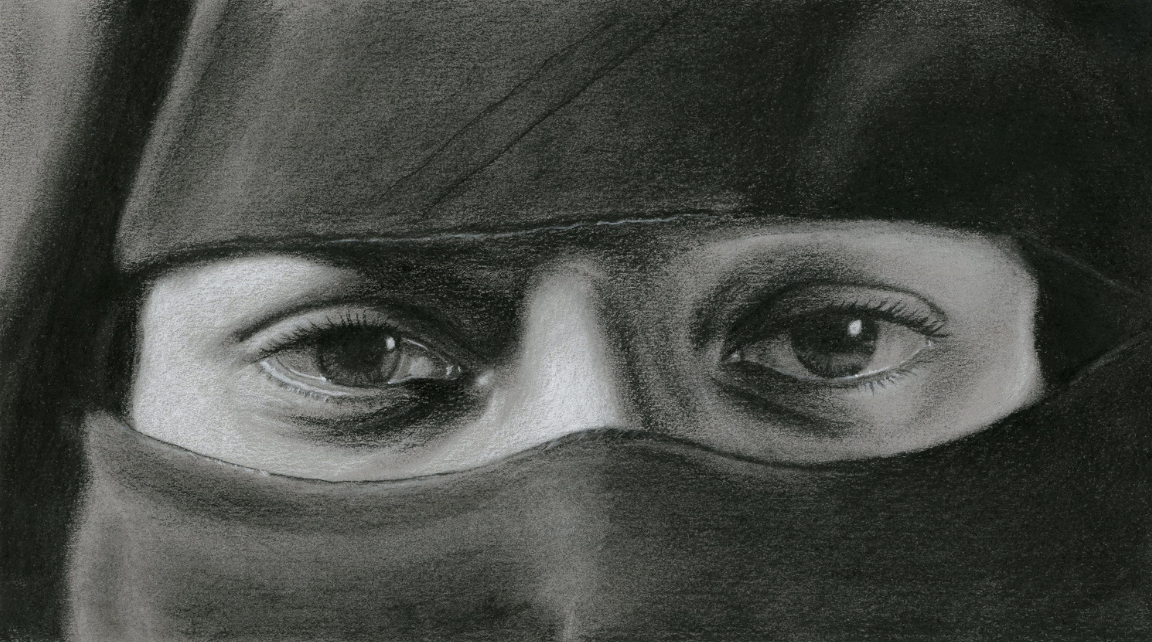
EYES Project
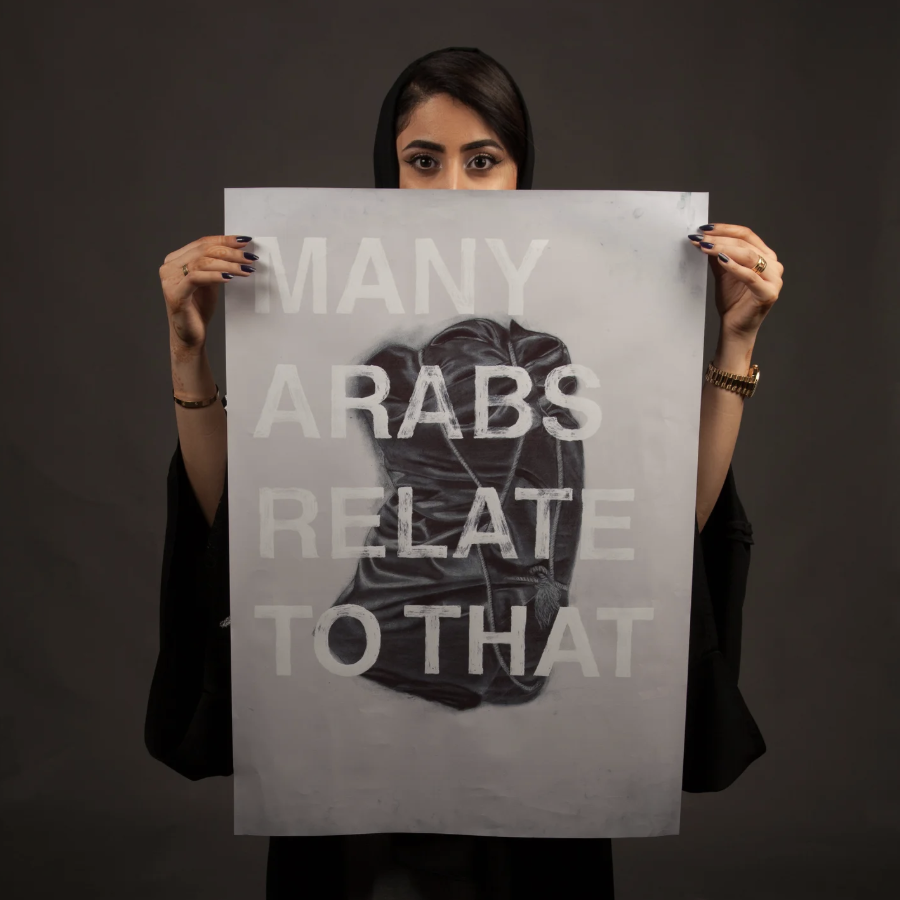
HOME Project Collaboration

Illuminated Artist

Ruscha Ribbon
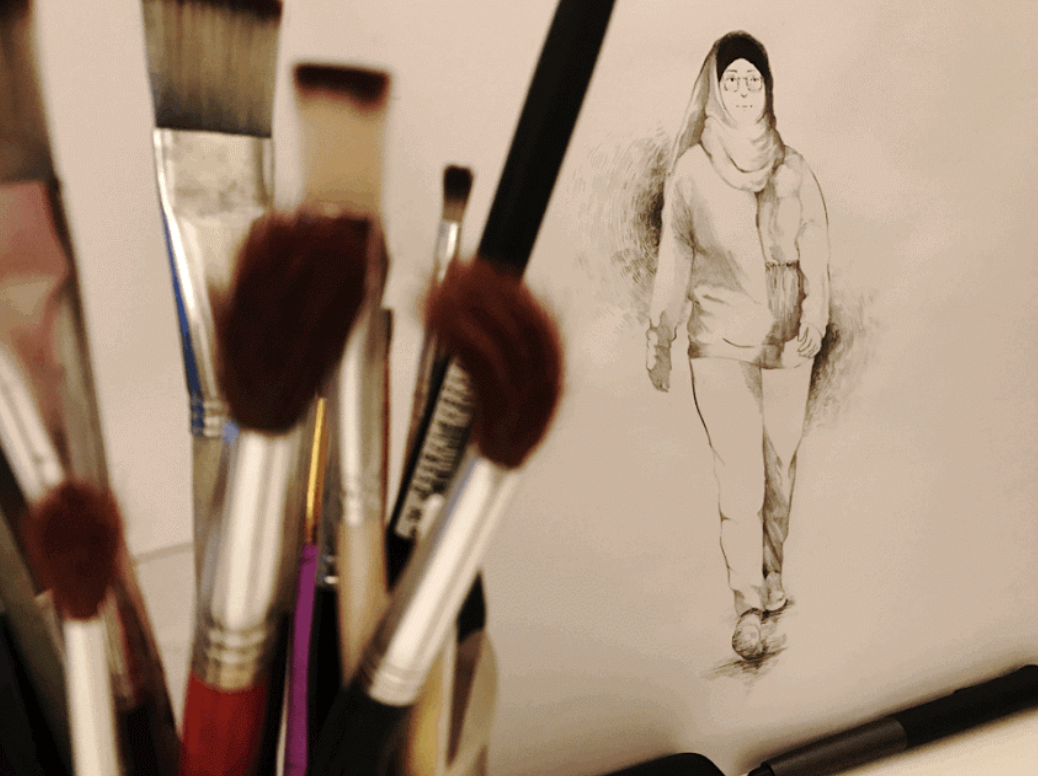
Tangerine Trees and Marmalade Skies

Selfish Risos

Custom Shoes
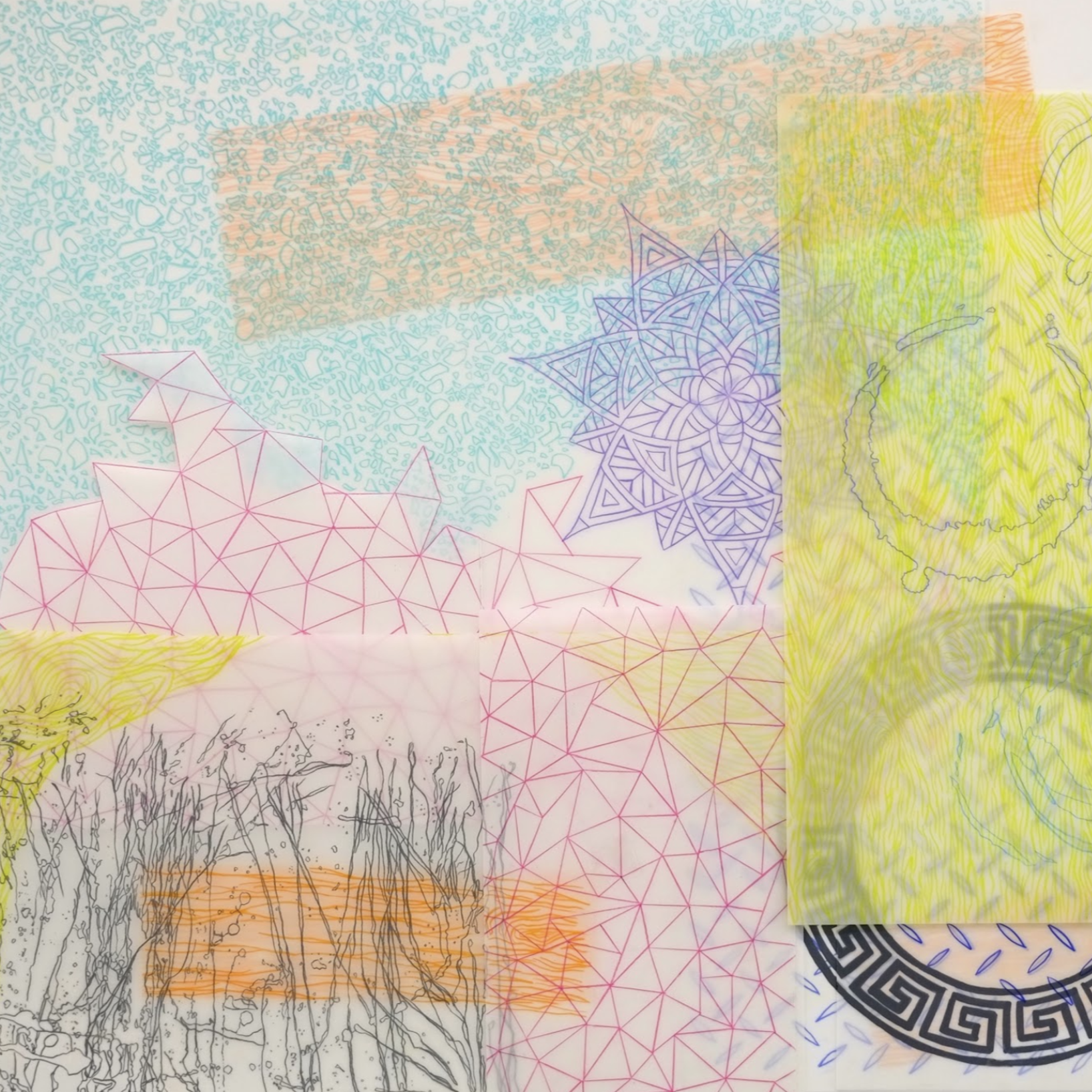
Trace in Space
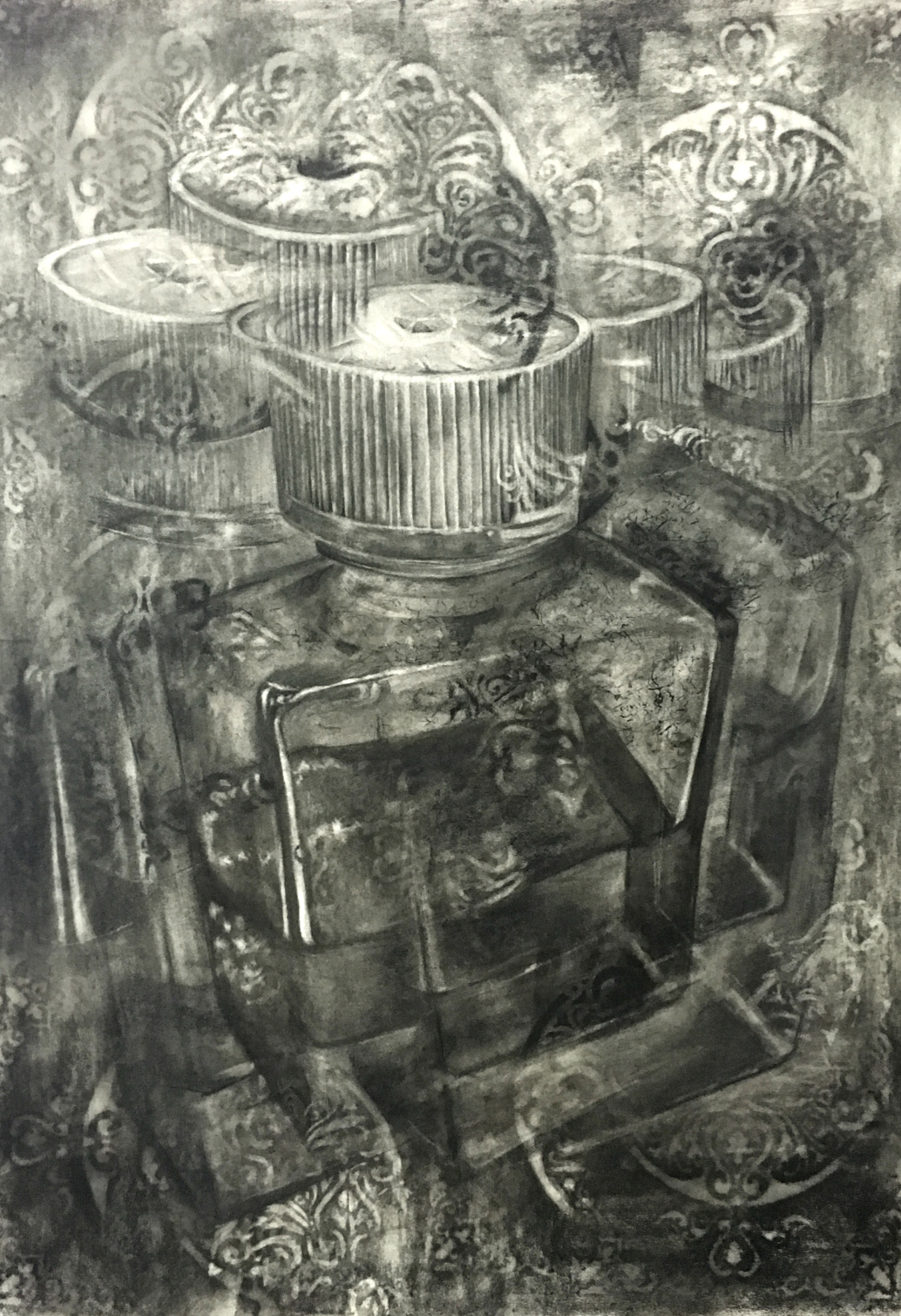
Enigmatic Object
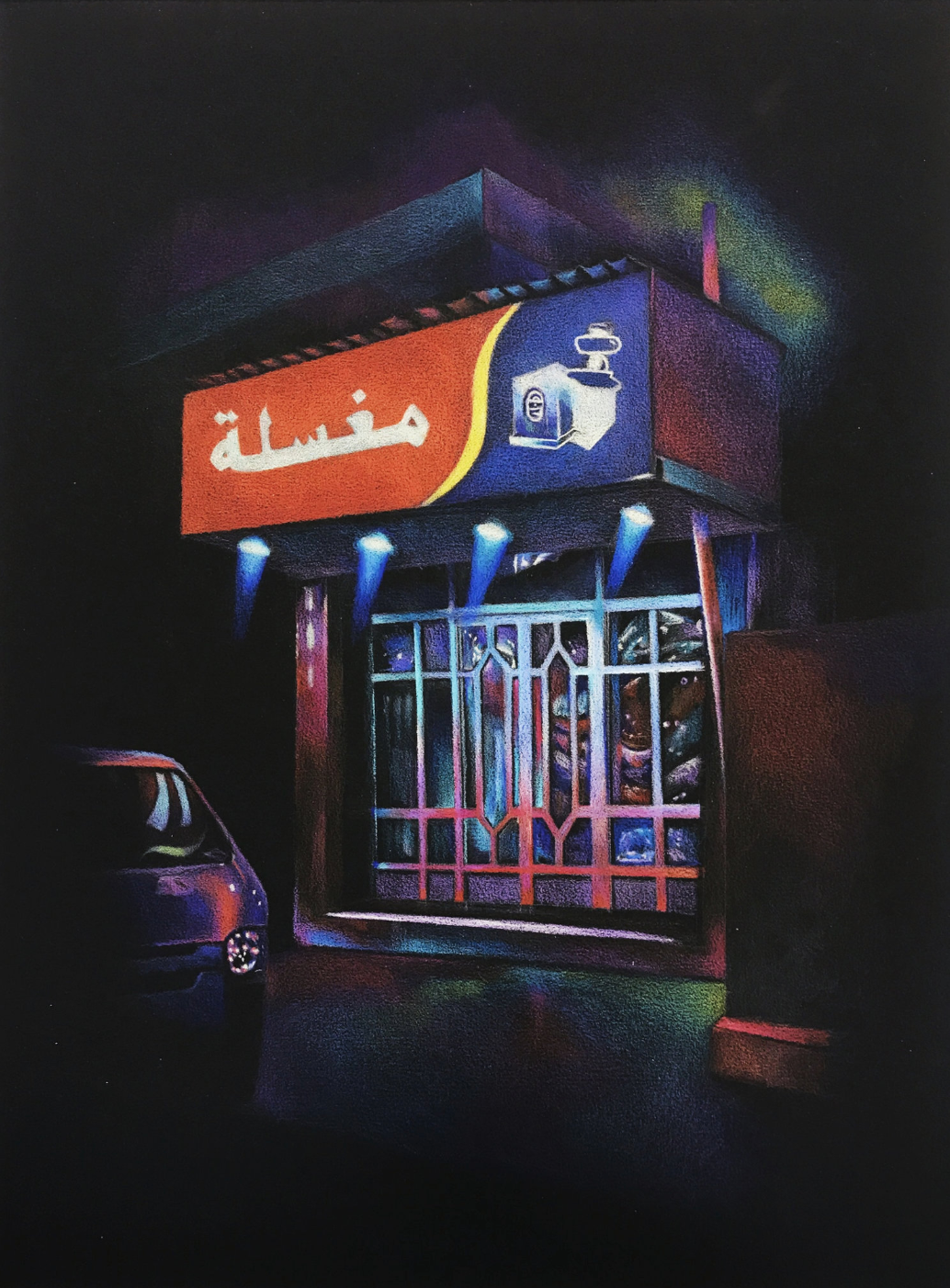
Night Scene
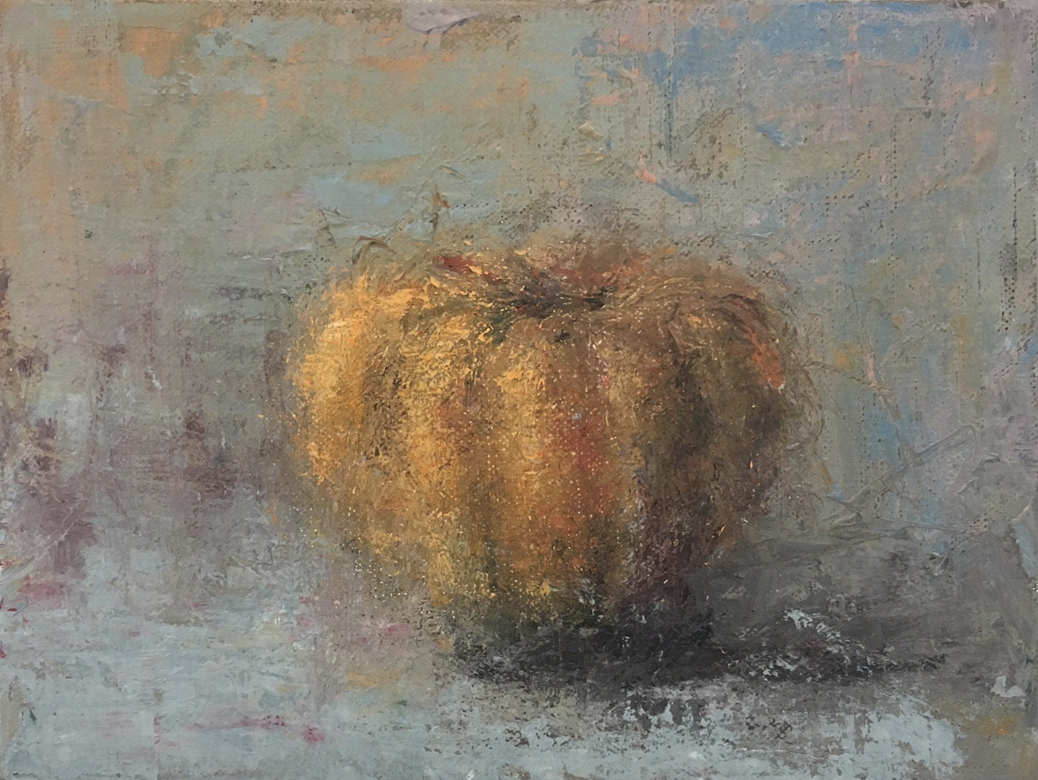
Independent Study with Hannah El-Leithy
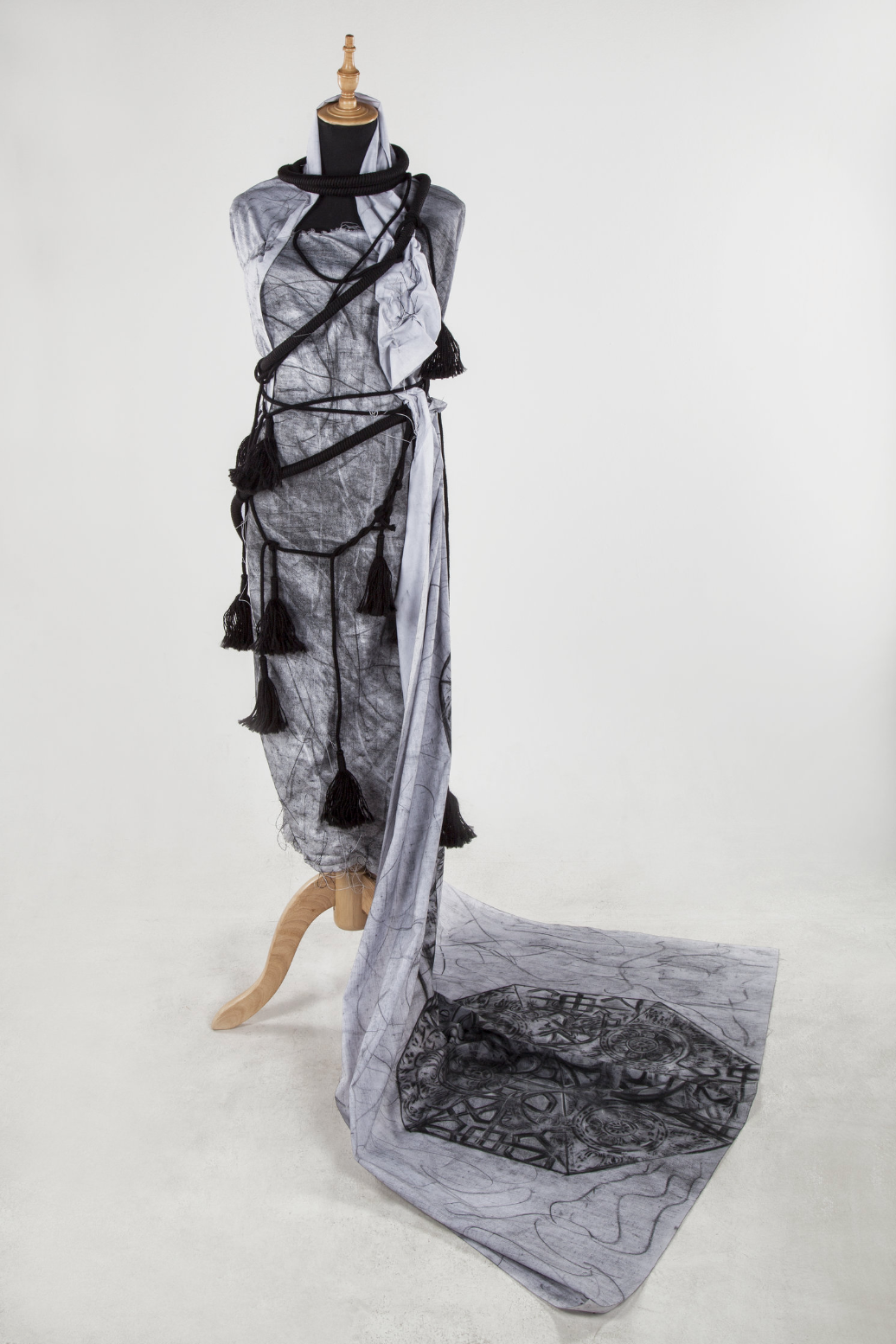
Frottage
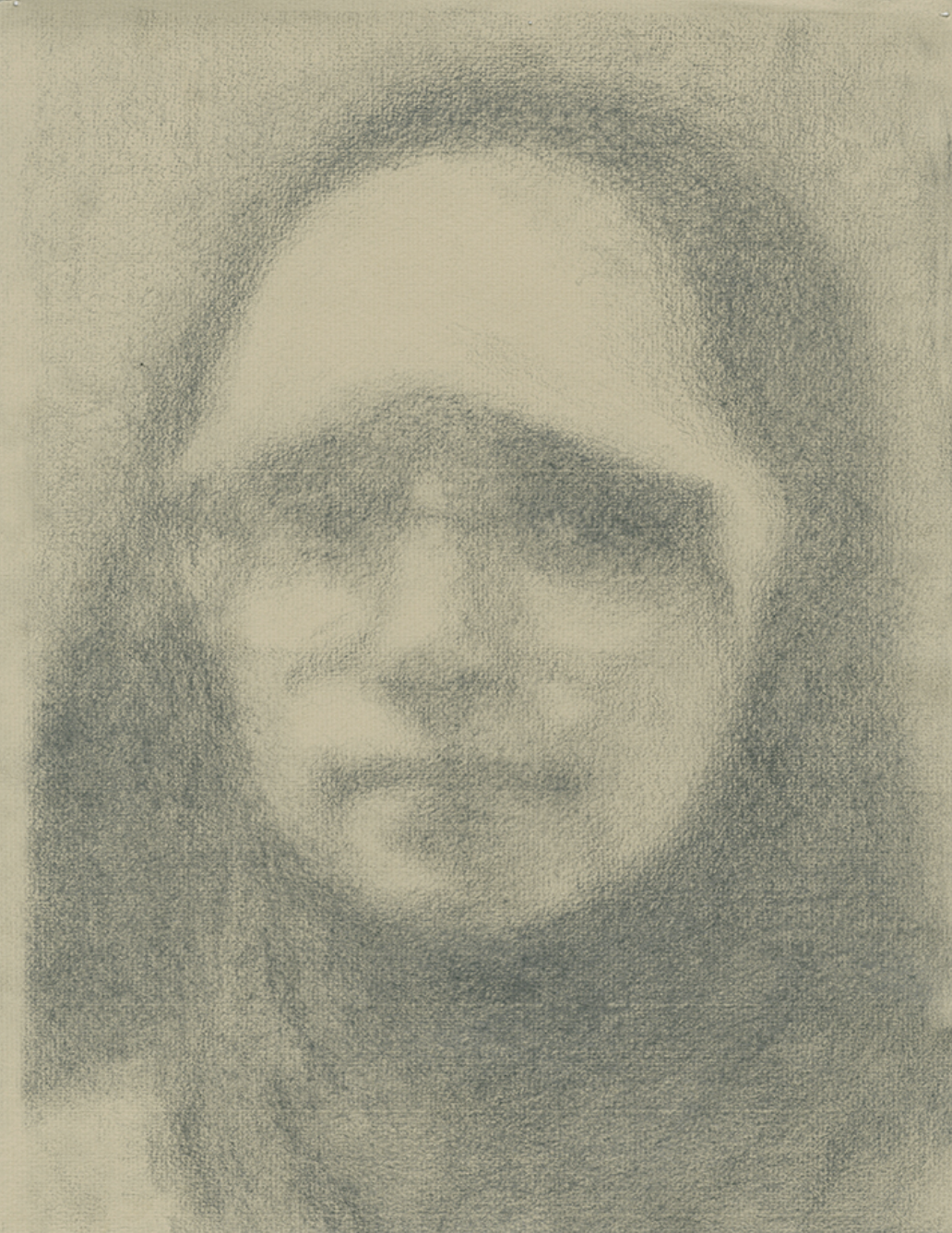
Blurry Portraits
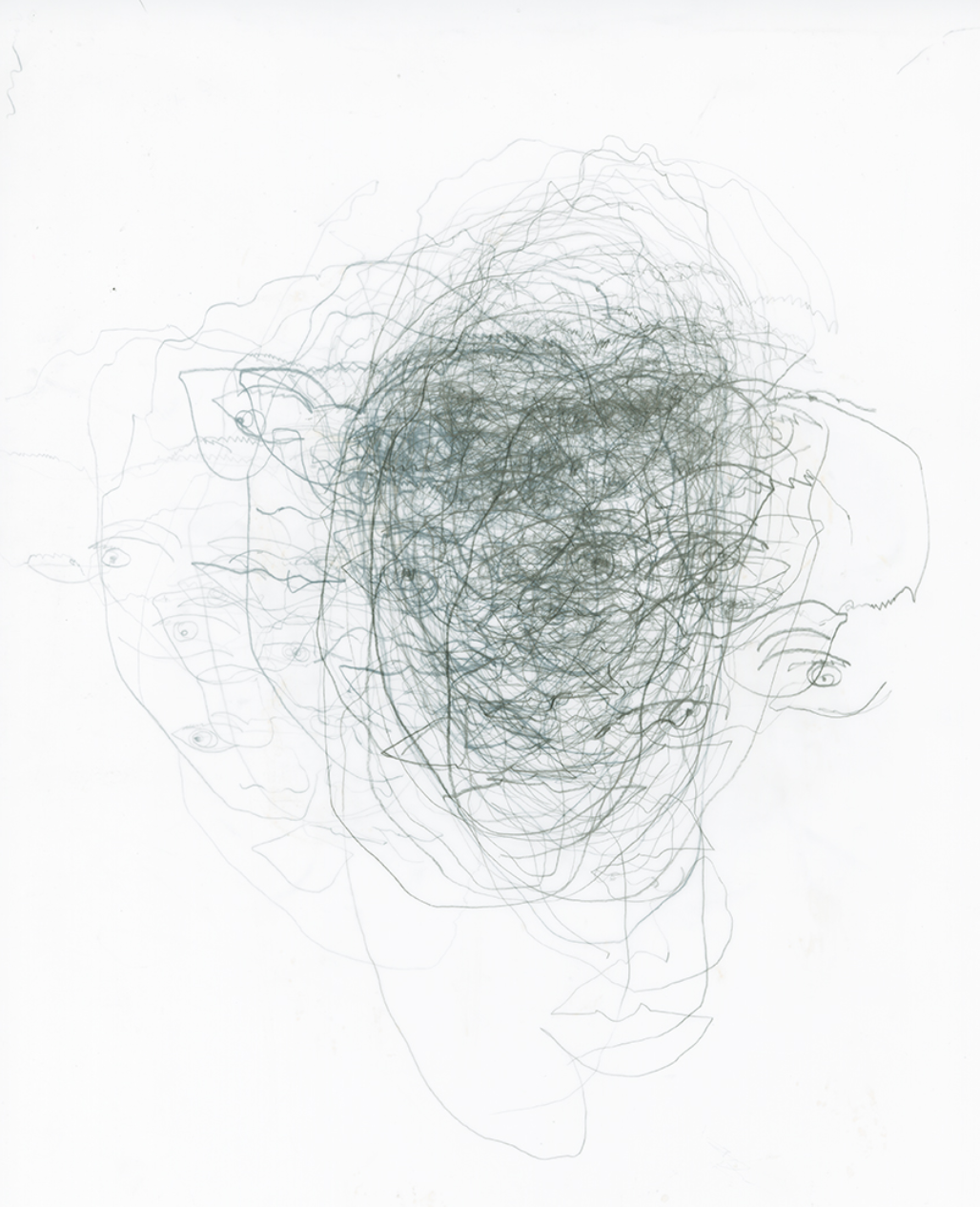
Layered Selfie
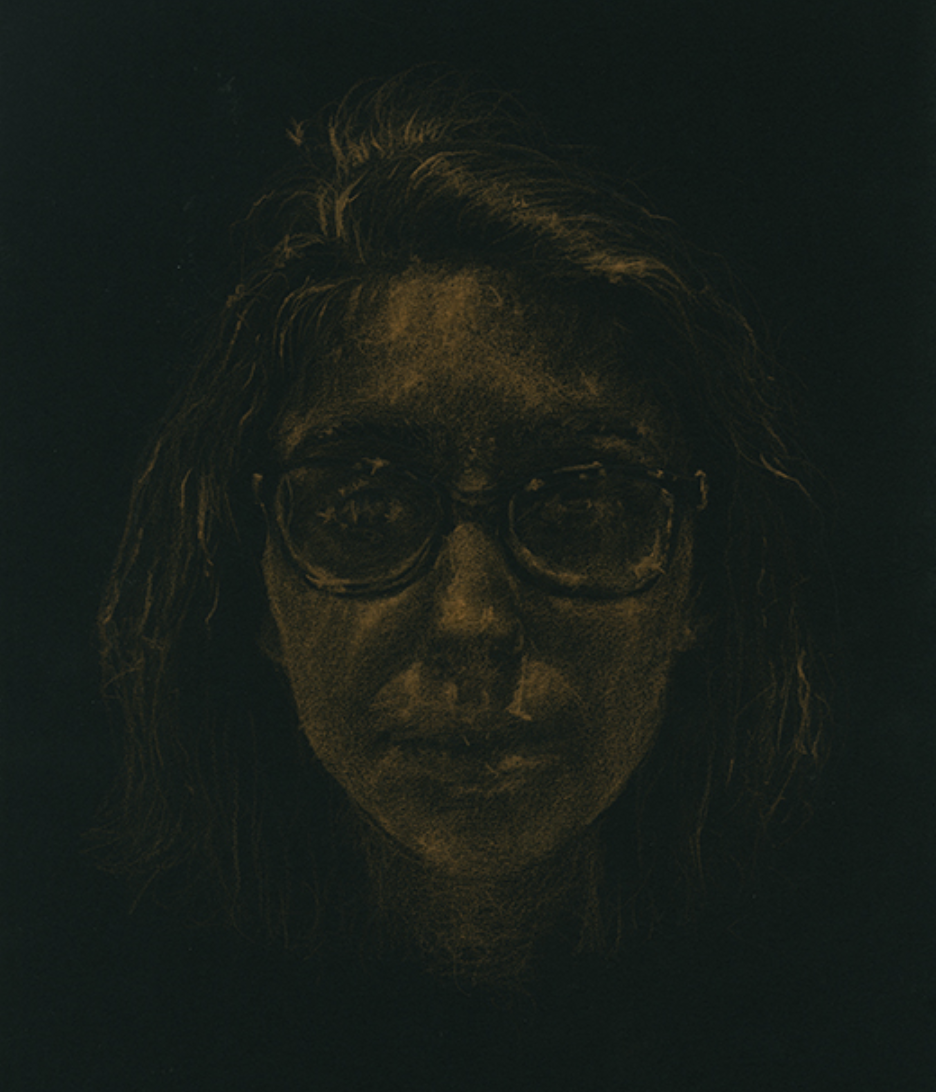
Made of Gold
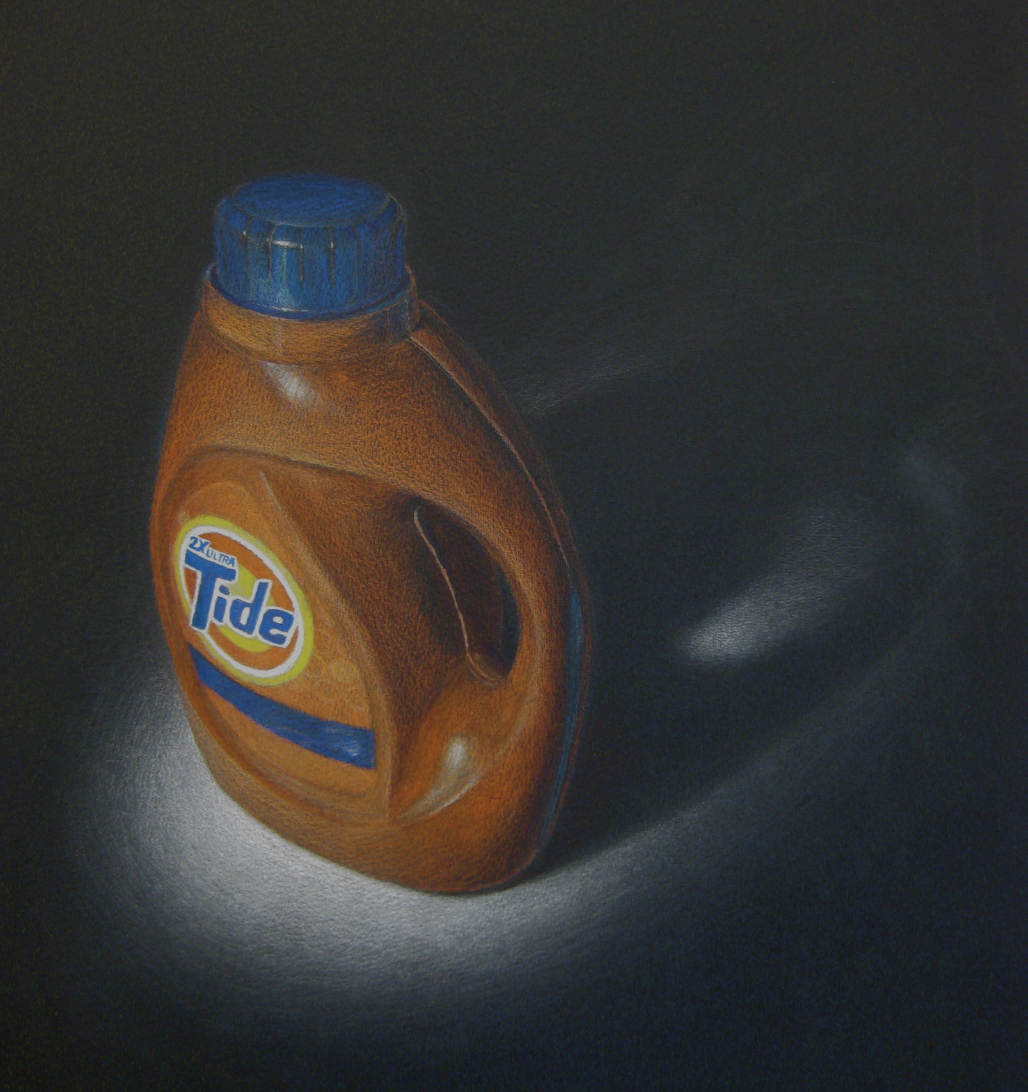
Midnight Snacks
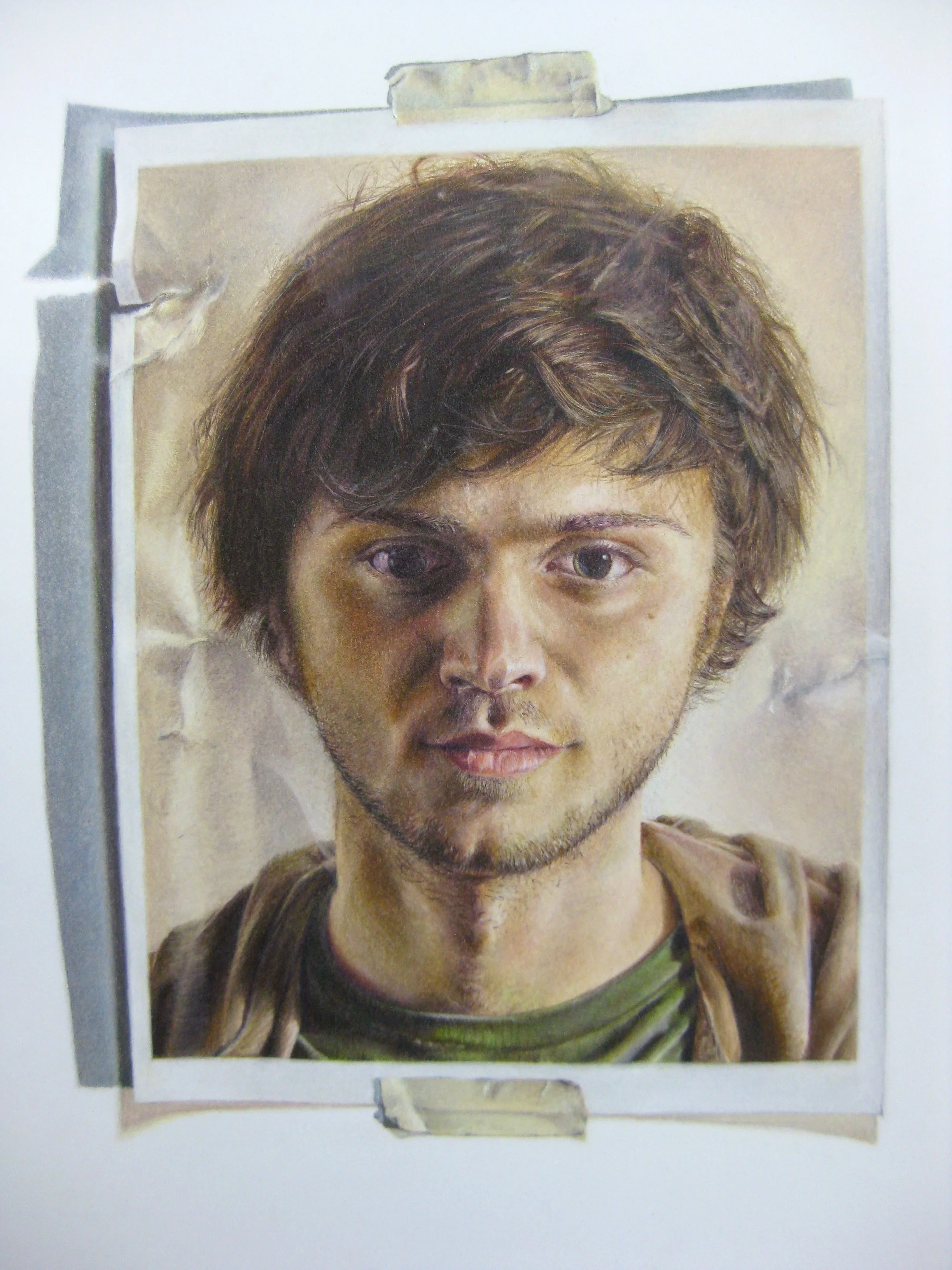
Life Drawing
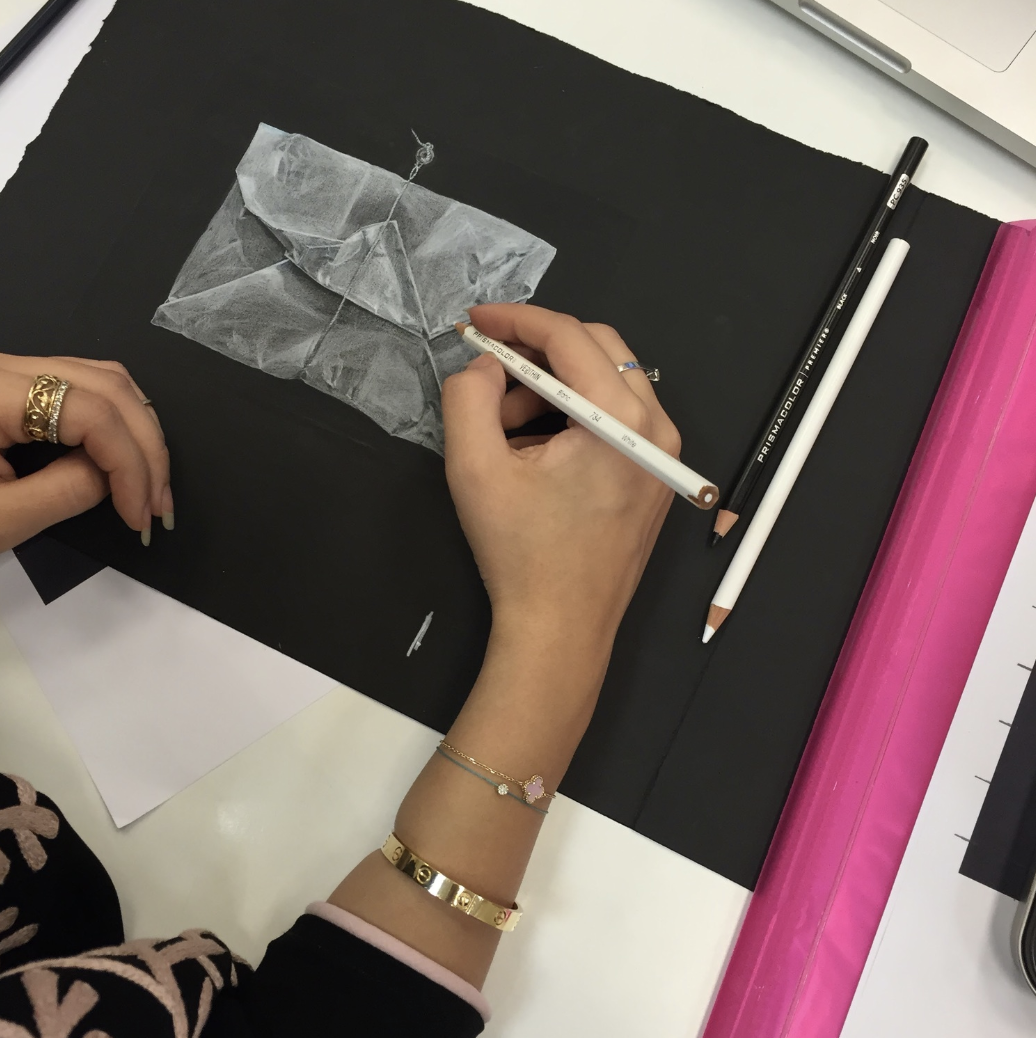
Crinkled
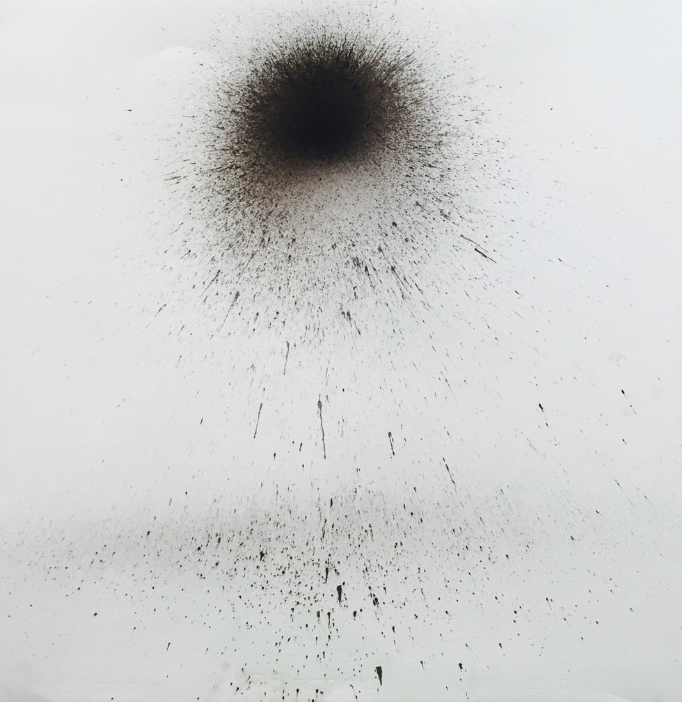
Machine Made
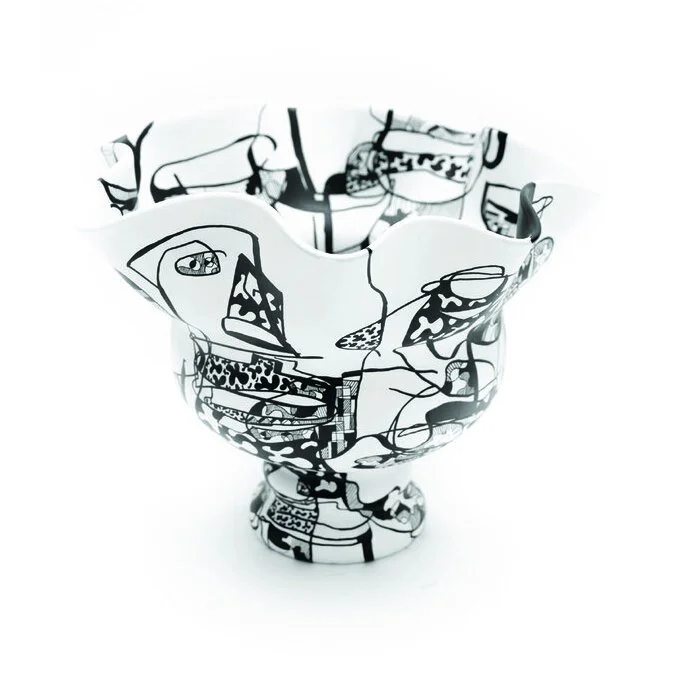
Object Resurfacing

Grid
